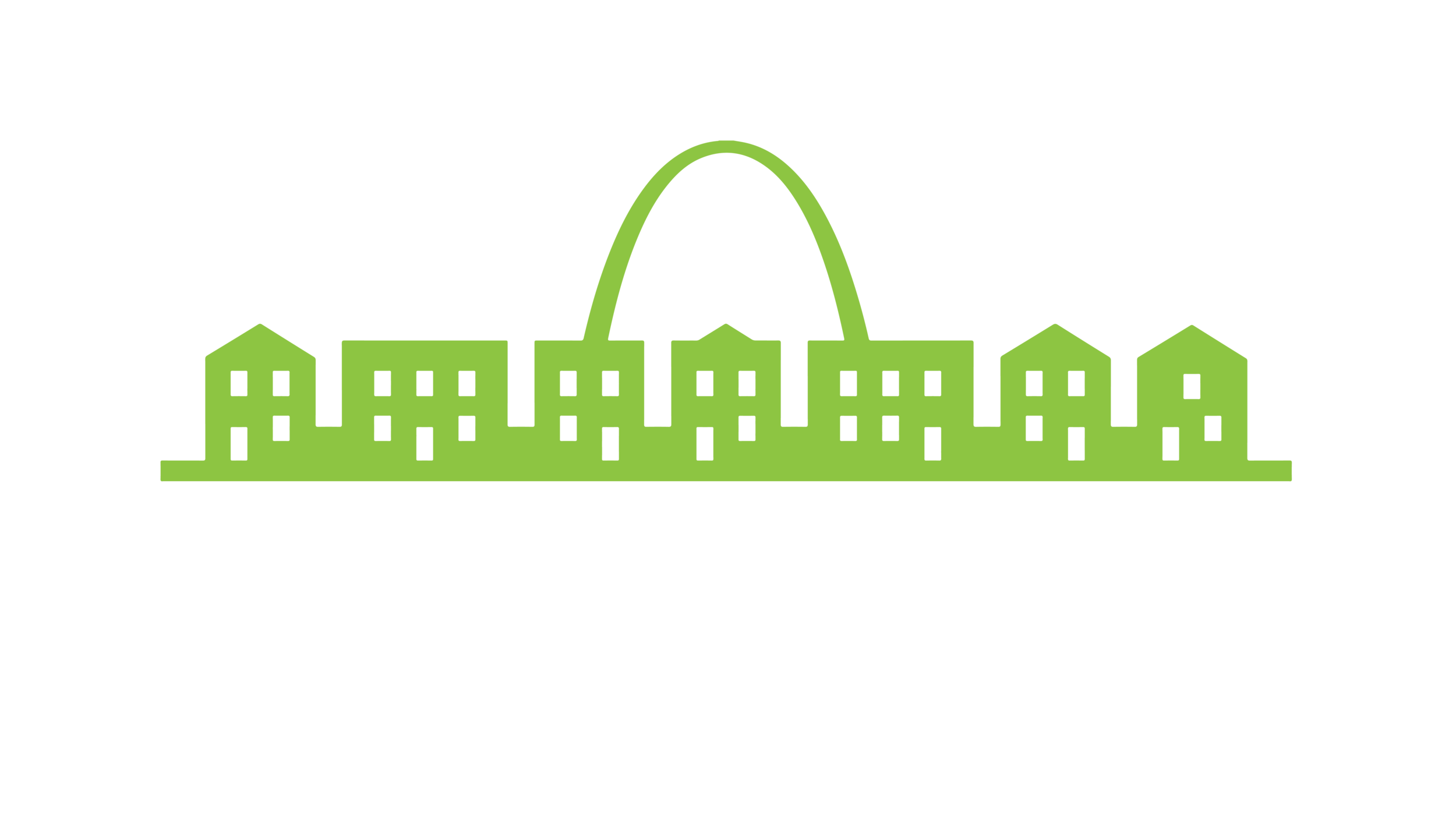Social Justice: A lifelong learning process
My name is Cami Kasmerchak. I began working at Mission: St. Louis as a Volunteer in Service to America (VISTA) in 2016 and was recently hired as the Beyond Jobs Operations Manager. I did not know exactly what I was getting myself into, but I knew there was something about the Beyond Jobs programs that intrigued me. Their holistic approach to job training for men was something I did not see other organizations doing. This relational focus pointed beyond mere job training and ultimately to the possibility of life change.
As I started working at Mission: St. Louis, my thoughts teetered between excitement and nervousness. The issues St. Louis faces were not new to me because I had spent four years at Saint Louis University. My time there instilled a deep commitment to be a “woman for others,” but I was not sure what I had to offer as a new member of the Beyond Jobs team. I had considered myself a social justice-minded person, but I quickly realized I had a lot to learn. I still have a lot to learn. In fact, each day I realize that supporting, encouraging, and practicing social justice will be a lifelong learning process.
Since starting at Mission: St. Louis I have reflected on what it means to be a white woman working within a program primarily serving black men. After working with the Beyond Jobs team for a year and a half I still do not have a complete answer, but I consider that a good thing. Not having a complete answer acknowledges I must continue confronting my own unconscious biases as I move through this work. St. Louis has a long, tumultuous history of geographical segregation, economic exploitation, and racial inequity. Ignoring these factors as I step through Mission: St. Louis’ doors each day would undermine our mission “to empower people to transform their lives, families and neighborhoods” by ignoring the cumulative experiences of those we serve. In reflecting on my role with the Beyond Jobs team, I realize I must be more than just a well-intentioned white woman.
One way I try to be more than just a well-intentioned white woman is by admitting when I have made a mistake. One Monday night after job-training class I was going through the building preparing to leave for the night and there was a student and Job Coach volunteer left at a table talking. As I poked my head out the back door I noticed there was a car still in the parking lot. Without thinking, I asked the white male volunteer if that was his car and would he mind moving it. However, it turned out to be the student’s car. At first glance this whole interaction might appear innocuous. Guessing the car’s owner incorrectly was not the issue. The problem was that I had not even considered the man in the Job & Leadership Training program might have been the owner of the car. Instead of asking, “whose car is parked in the back?” I had assumed it either belonged to the volunteer or a staff person still in the building. Even though unintentional, I had committed a microaggression and needed to admit my mistake. This instance was not the first or last microaggression I will ever commit, but I share this story as an example of the way I make mistakes. Uncovering unconscious biases inevitably involves failure, but learning from those mistakes is all part of the process.
Another way I try to be more than just a well-intentioned white woman is through education. This takes a variety of forms, but includes visiting museum exhibits, participating in diversity trainings, researching topics, and engaging in dialogue. Sometimes approaching a topic as big and complex as race and diversity can seem overwhelming, but as with anything else, you have to begin somewhere. Agreeing with everything in the way it was presented through the exhibits, trainings, research, and dialogue was not as important as exposing myself to different perspectives and experiences. Below is a short list of some of the things I have done and would recommend:
- Visit the Missouri History Museum’s exhibit titled “#1 in Civil Rights: The African American Freedom Struggle in St. Louis” focused on St. Louis City’s role in the fight for racial justice. The exhibit is available until April 15, 2018 and admission is free.
- Attend a training by organizations working toward racial justice in St. Louis, such as the Diversity Awareness Partnership, the Anti-Defamation League, or the Anti-Racist Collective
- Participate in a Witness Whiteness Group sponsored by the YWCA, which is a “facilitated group book study and dialogue for people who identify as white to learn about the construction of white identity and culture, white supremacy and privilege.”
- Support minority owned businesses. Some of my favorites are Northwest Coffee, SweetArt, Gobble Stop Smokehouse, Sweetie Pies and Teatopia.
- Read books like Bryan Stevenson’s “Just Mercy,” Michelle Alexander’s “The New Jim Crow,” or Ta-Nehisi Coates’ “Between the World and Me.”
- Have conversations with family, friends, and co-workers about the state of race in the United States. Practice active listening and challenge assumptions made about groups of people.
Ultimately, I have learned that working for social justice has as much to do with working on myself and building an awareness of how I unconsciously perpetuate bias as it has to do with wanting to help others. I encourage anyone who has a heart for change in our city not only to donate resources and volunteer time, but also to learn about the history of St. Louis and the current lived experiences.


